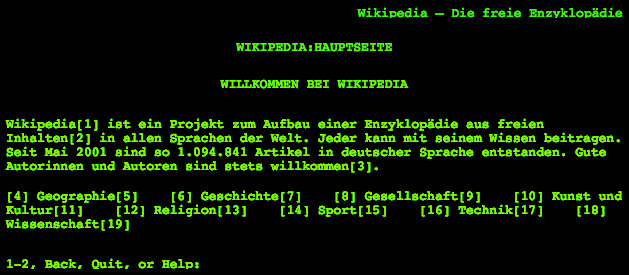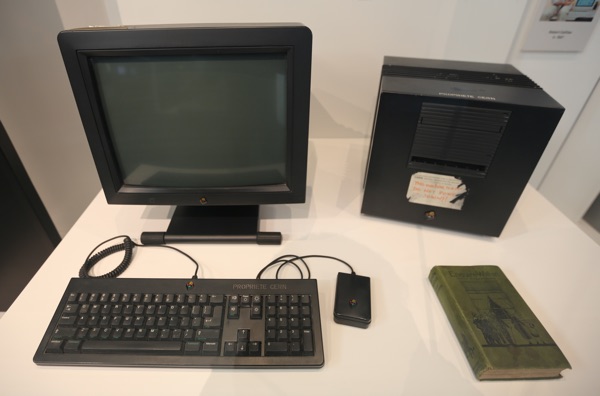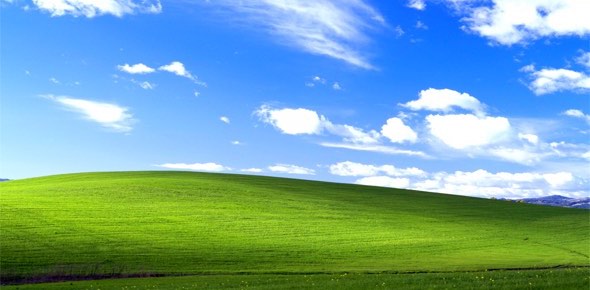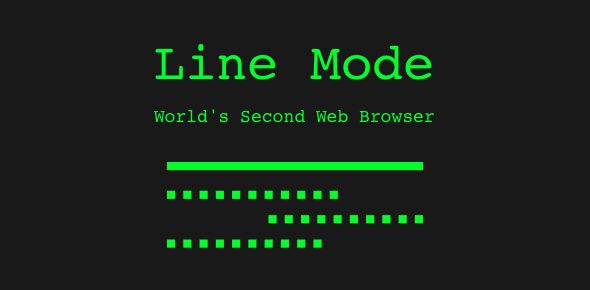Close to the end of 1990, Sir Tim Berners-Lee invented the World Wide Web. He was a researcher at CERN (Full form: European Organization for Nuclear Research; French: Conseil Européen pour la Recherche Nucléaire), a high-energy physics facility situated on the border of France and Switzerland.
Though the exact dates are not known, it is generally agreed upon that the development of the web server and the browser – the first web software – was completed at the end of 1990. The first web site was put up on 20th December 1990. On 6th August 1991, Sir Tim briefly described his WWW project on alt.hypertext newsgroup.
Sponsored Links
This was a the major turning point, because even though the Internet had been in existence for almost two decades, it was not particularly easy to use and confined mainly to academic institutions. The web changed all that by bringing the global network to the layperson. The web allowed information to be viewed as a whole – text, images and other multimedia content were now together.
The first server – Hardware and Software
Most of the code that ran the web was developed on the two NeXTcube computers Tim Berners-Lee had in his laboratory. These machines were manufactured by NeXT, Inc., a company founded by Steve Jobs when he resigned from Apple in 1985. So in a way, the web was created on Steve Job’s computers!
The world’s first web server software, known as CERN httpd (later renamed to W3C httpd), ran on one of these NeXTcubes (hardware). The server was implemented in the C language and ran on the NeXTSTEP operating system. Sir Tim was assisted by his first graduate student, Henrik Frystyk Nielsen from Denmark, and Ari Luotonen, a Finnish programer who worked on HTTP-caching. The server ran on the address nxoc01.cern.ch (later changed to info.cern.ch) and the world’s very first web site address was http://nxoc01.cern.ch/hypertext/WWW/TheProject.html (now info.cern.ch/hypertext/WWW/TheProject.html).
For you geeks, the geographical address was the Building 31 at CERN.
FYI, the world’s first web browser, called WorldWideWeb (one word), was implemented on these machines. The name of the browser was later changed to Nexus to differentiate between the program and the network.
The web was initially limited to the NeXTcube at CERN. Additionally, just like the server, the first browser ran only on the NeXTSTEP operating system. A need for a program that could run on other computers came up and the text-only Line Mode browser was developed by Nicola Pellow, a math undergraduate, and Robert Cailliau, a colleague of Berners-Lee. The program was ported to most of the popular operating systems of that time.

The popularity of the web soared with the advent of NCSA Mosaic in 1993. It was developed by Marc Andreessen and his team at National Center for Supercomputing Applications at the University of Illinois Urbana-Champaign. Mosaic wasn’t the first graphical browser (it was Erwise) but became a hit because it ran on all popular operating systems including Windows and the Mac.
Around the same time, the directors at CERN released a document making all the technology and software related to the world wide web available in public domain.
Where are the world’s first servers?

The two NeXTcubes used by Sir Tim are of historical value and have been preserved by CERN. They haven’t been switched on and only kept for display at the facility. It is speculated that some of the original code of the web would still be residing on the hard drives of these computers!
Thus, the world’s first web server – both the hardware and software – still exist!






